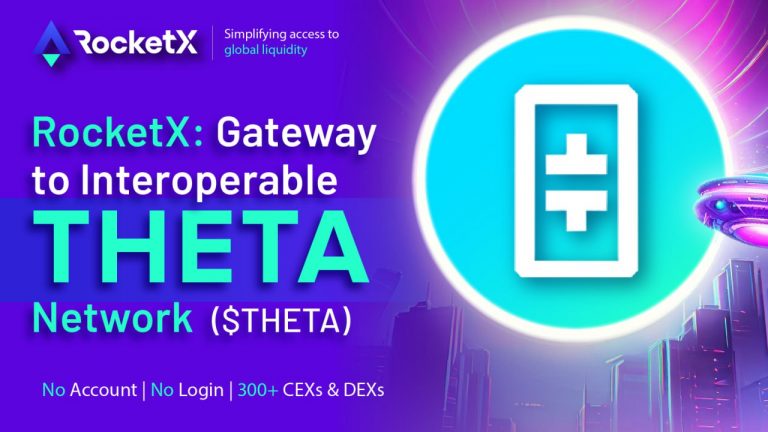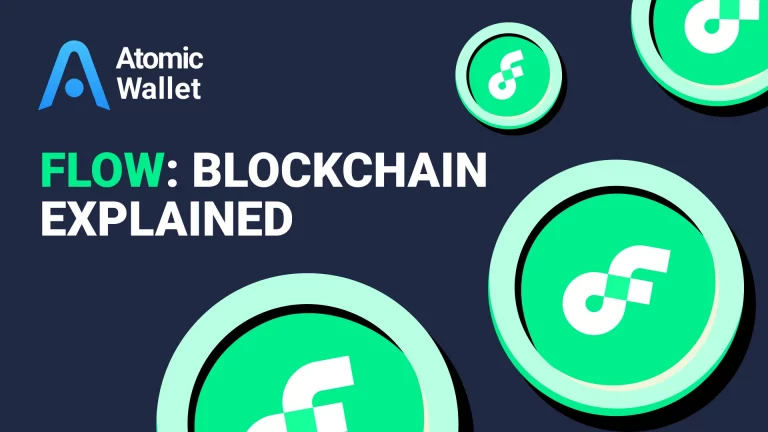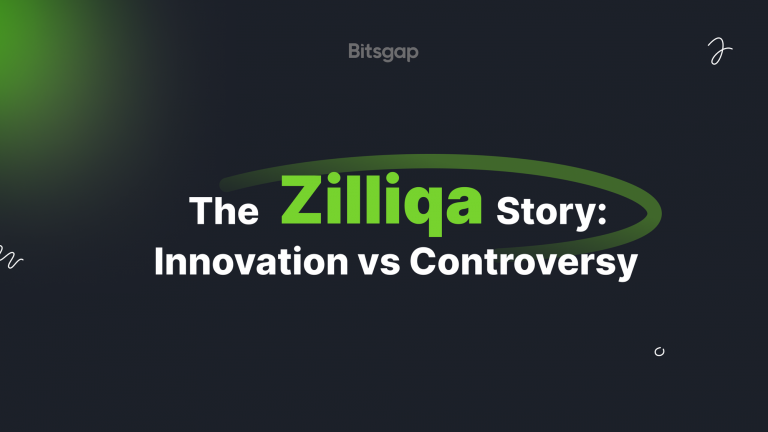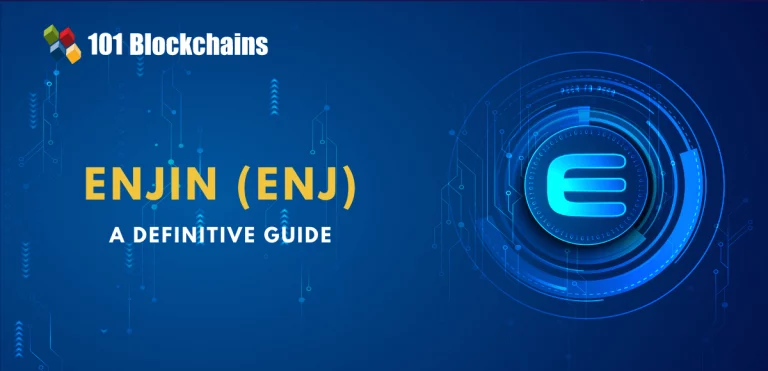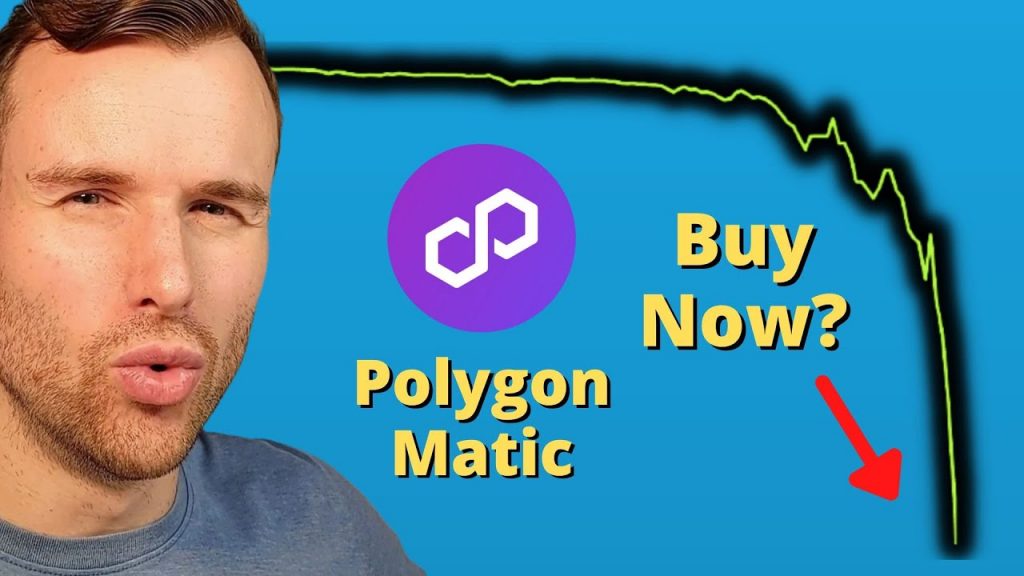
Polygon (MATIC) A Scalable Solution for Ethereum
Polygon, formerly known as Matic Network, is a layer-2 scaling solution for the Ethereum blockchain. It aims to address the scalability limitations of Ethereum by providing a faster, cheaper, and more efficient platform for building and running decentralized applications (dApps).
The Birth of Polygon
Polygon was founded in 2017 with the goal of creating a scalable solution for the Ethereum blockchain. The platform’s founders recognized the limitations of Ethereum’s scalability and sought to develop a solution that could handle a larger number of transactions without compromising security.
How Polygon Works
Polygon uses a sidechain architecture, which means that it operates as a separate blockchain that is connected to the Ethereum mainnet. This allows Polygon to process transactions in parallel, increasing the overall throughput of the network.
Polygon also uses a proof-of-stake (PoS) consensus mechanism, which is more energy-efficient than the proof-of-work (PoW) algorithm used by Bitcoin. PoS also allows for faster transaction times and lower fees.
The Benefits of Polygon
Polygon offers several benefits, including:
- Scalability: Polygon’s sidechain architecture and PoS consensus mechanism allow it to handle a large number of transactions per second, making it suitable for high-performance dApps.
- Security: Polygon inherits the security of the Ethereum blockchain while also providing additional security features.
- Interoperability: Polygon is fully compatible with the Ethereum ecosystem, allowing developers to easily migrate their dApps to the platform.
- Developer-Friendliness: Polygon provides a developer-friendly environment with a variety of tools and resources for building dApps.
- Cost-Effectiveness: Polygon’s transaction fees are typically lower than those on the Ethereum mainnet, making it a more cost-effective option for developers and users.
The Polygon Ecosystem
Polygon has a thriving ecosystem of dApps and projects built on the platform. Some notable examples include:
- Aave: A decentralized lending protocol built on Polygon.
- SushiSwap: A decentralized exchange (DEX) built on Polygon.
- QuickSwap: Another popular DEX built on Polygon.
- Polygon SDK: A suite of tools and resources for developers building on Polygon.
The Future of Polygon
The future of Polygon looks promising, as the demand for scalable and secure blockchain platforms continues to grow. Polygon’s focus on scalability, interoperability, and developer-friendliness position it well to become a leading player in the blockchain space.
As the DeFi market expands and the use cases for blockchain technology diversify, Polygon may play an even more significant role in shaping the future of the digital economy. With its potential to provide a scalable and efficient platform for dApps, Polygon has the potential to become a cornerstone of the decentralized web.
In conclusion, Polygon is a promising blockchain platform that offers a scalable, secure, and user-friendly solution for building and running decentralized applications. Its innovative approach and growing ecosystem make it a platform to watch in the world of cryptocurrency and blockchain technology. As the blockchain industry continues to evolve, Polygon may play a crucial role in shaping the future of decentralized finance and beyond.
